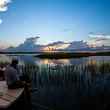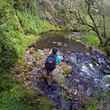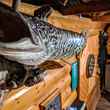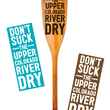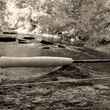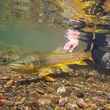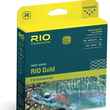“Unless we change direction, we are likely to end up where we are headed.”- Ancient Chinese Proverb
I’ve been noticing something for the last few years. Sportsmen lose. We lose a lot. Little battles, big battles, skirmishes ... it matters not. At our best — think Pebble Mine — we fight a holding action, giving ground grudgingly, making the other side pay dearly for their gains. At our worst — and our worst is far too common — we smile, vacuous and polite, while the world around us is diminished before our eyes.
We seem, at least from where I sit, as if we don’t care all that much — as if it’s only natural that the trout streams we fish will eventually run warm and brown, that our woodlots will give way before the rising tide of suburban development, that our wilderness areas, once pristine and untouched, will fall before the onslaught of roads and pipelines and well-heads, that our oh-so-vital wetlands will be drained and filled, that our farms will leach pesticides and herbicides and fertilizers into the gaping maw of oceanic dead zones, that we’ll pull apart our mountains for their coal and cast their broken bones down into the hollows of Appalachia as if our landscapes are mere detritus to be sorted through and discarded.
“Progress,” we call it. Progress, where we trade our outdoor heritage and our sporting traditions for the illusory benefits of comfort and convenience. Faust, were he here today, would surely look around and laugh, for his namesake bargain is the rule rather than the exception. It’s a devil’s pact, pure and simple - selling our souls, trading our kids’ future, worshipping at the altar of endless growth, turning our backs on Leopold and Pinchot and Roosevelt, and on the hard-earned wisdom of our fathers and grandfathers, ignoring the myriad lessons of American history while we embrace the soul-sucking siren song of modernity - all, I might add, so we can fill the shrieking emptiness inside with “more” and “bigger” and “faster” and “better.”





